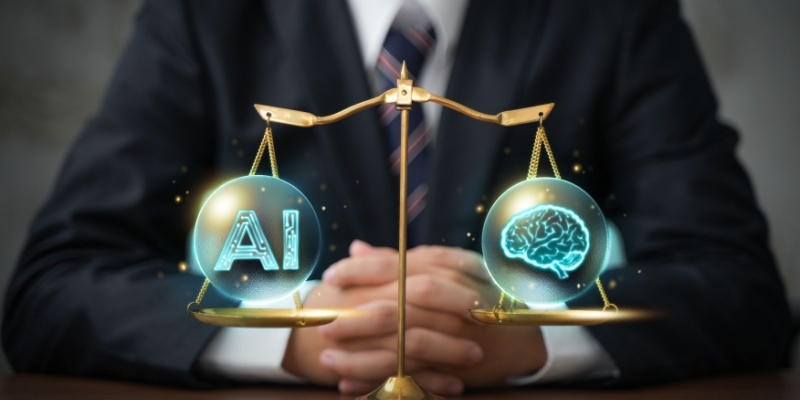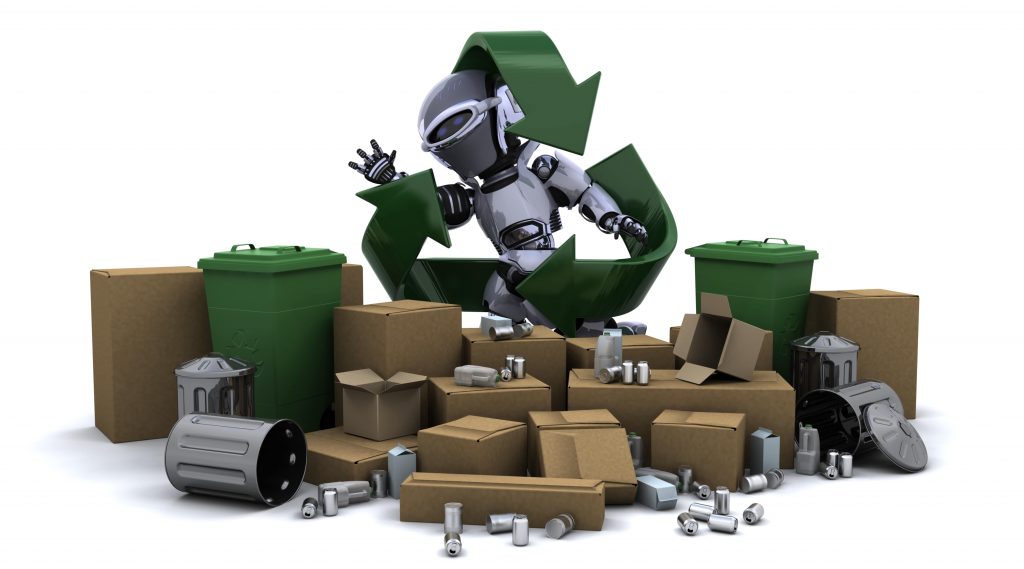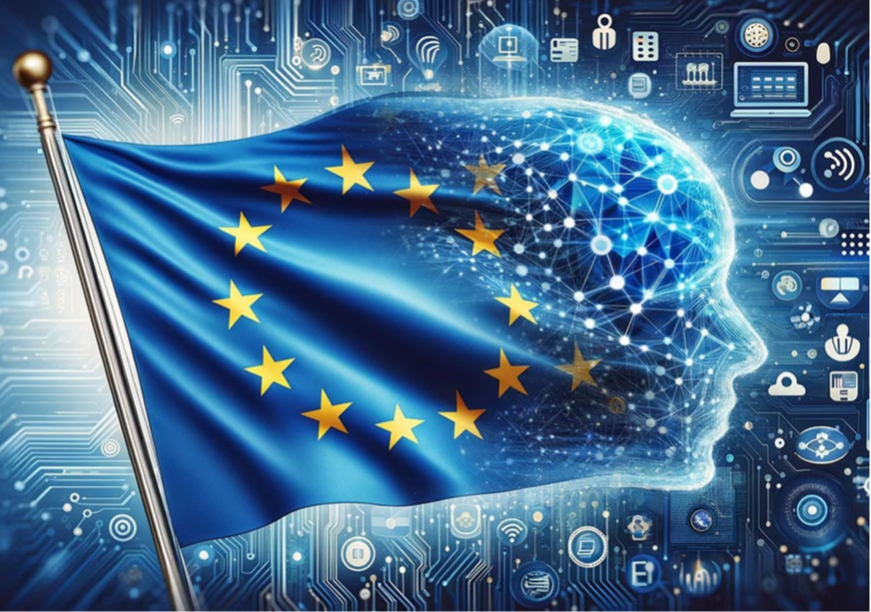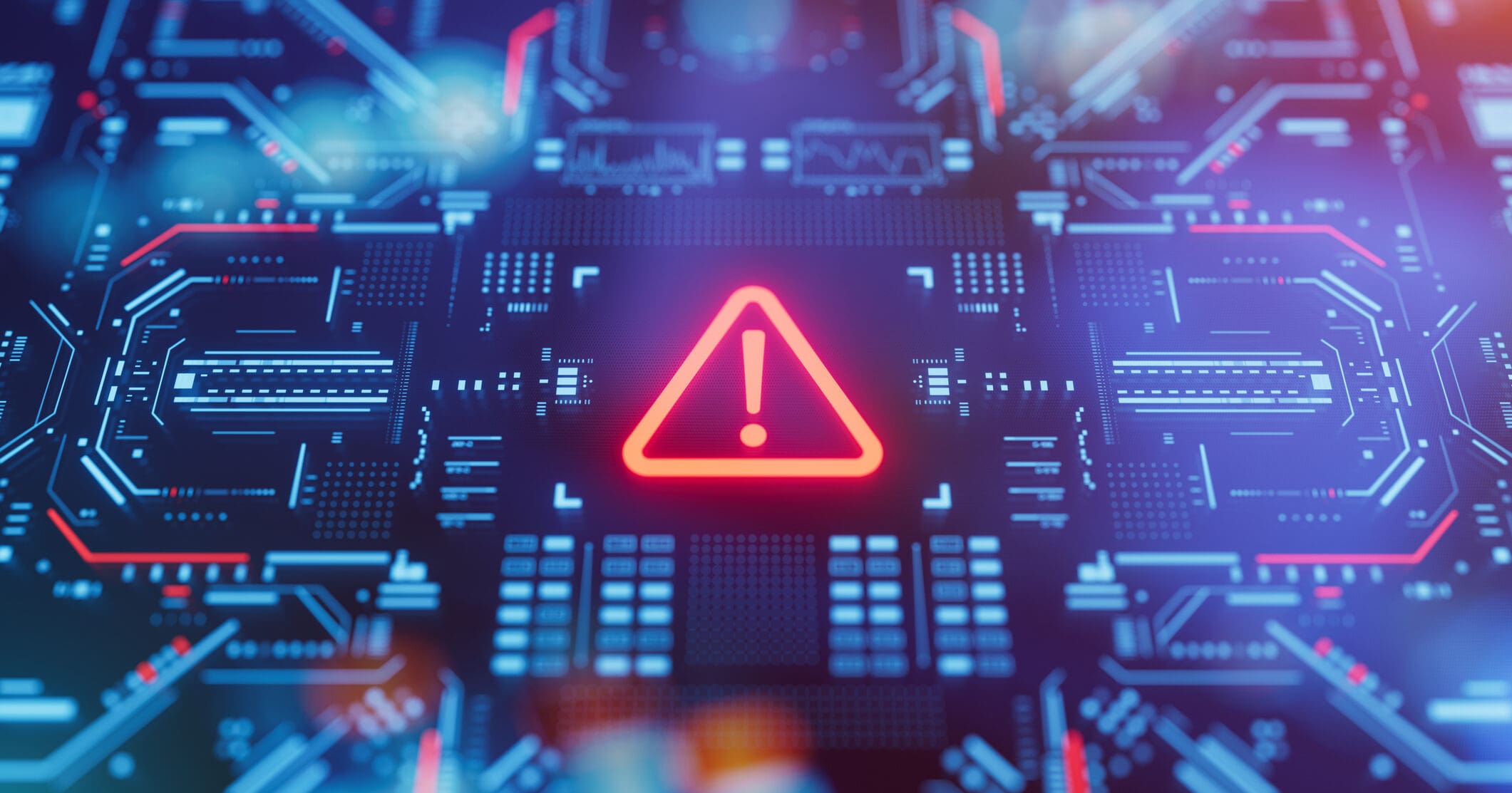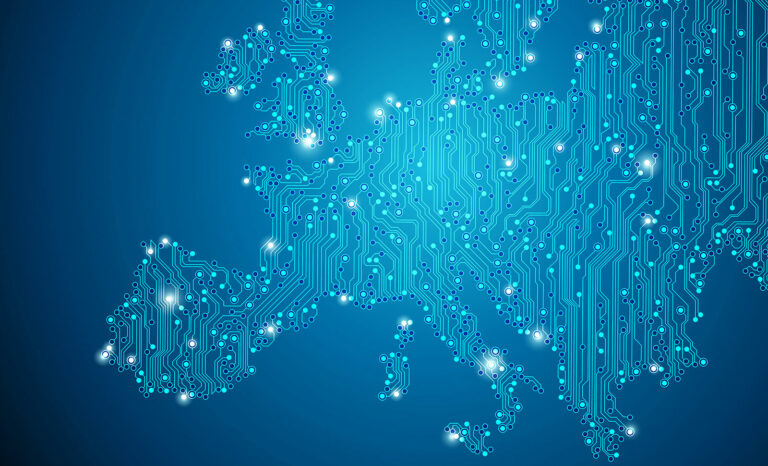Blockchain technology has evolved far beyond its early association with cryptocurrencies, and as we move through 2025, its true potential is finally being recognized across global industries. What was once viewed as an experimental innovation has grown into a foundational element of modern digital infrastructure. Today, businesses in finance, healthcare, manufacturing, the public sector, and countless other domains are adopting blockchain to ensure transparency, security, efficiency, and trust in the systems they rely on. At NewCo, we see this shift not as a prediction for the future but as a transformation already underway—and one we are excited to be part of.
The acceleration of blockchain adoption in 2025 stems from several major developments. The technology has matured significantly, supported by more interoperable networks that allow different blockchains to communicate and exchange data seamlessly. What used to be isolated digital ecosystems are now interconnected platforms capable of supporting complex, multi-industry applications. Businesses are moving from theoretical proofs-of-concept to full-scale, enterprise-wide implementations, demonstrating real-world value in everything from secure patient records to transparent supply-chain tracking.
Another major force driving this evolution is the growing convergence between blockchain and artificial intelligence. As AI becomes more influential in analytics, automation, and decision-making, blockchain provides a trustworthy backbone that ensures the accuracy and integrity of the data powering those systems. This combination enables smarter automation, verifiable insights, improved identity protection, and entirely new possibilities such as decentralized AI marketplaces. Innovations in energy-efficient blockchain protocols have also addressed earlier concerns about sustainability, making modern networks faster, greener, and more scalable than ever before. Regulatory clarity across international markets has further strengthened confidence in blockchain, encouraging businesses to invest in long-term strategies rather than short-term experiments.
For businesses, this moment is critical. Blockchain is no longer an emerging technology waiting for wider adoption—it is becoming an essential component of the digital landscape. Companies that embrace these technologies now will be better positioned to thrive in a world where secure data exchange, privacy, automation, and decentralization are simply expected. Those who wait risk falling behind as markets move toward more transparent and intelligent systems.
At NewCo, we have always believed in using technology to empower organizations and enhance the way the world works. That belief has guided our commitment to exploring the powerful intersection of AI and blockchain. Our work focuses on creating solutions that use blockchain to safeguard data, strengthen supply-chain accountability, enable secure digital identities, automate complex processes through smart contracts, and build trustworthy systems for AI-driven insights. By merging the intelligence of artificial intelligence with the reliability of blockchain, NewCo is helping to define a future in which decision-making becomes not only more efficient but also inherently more trustworthy.
The opportunities ahead are extraordinary. Blockchain is not a passing trend; it is a deep and lasting shift in how digital systems will operate for decades to come. As decentralized networks and intelligent technologies reshape industries, NewCo is proud to be among the companies driving this momentum. With a sense of excitement and purpose, we are ready to help shape the next generation of innovation—and we believe the best is yet to come.

